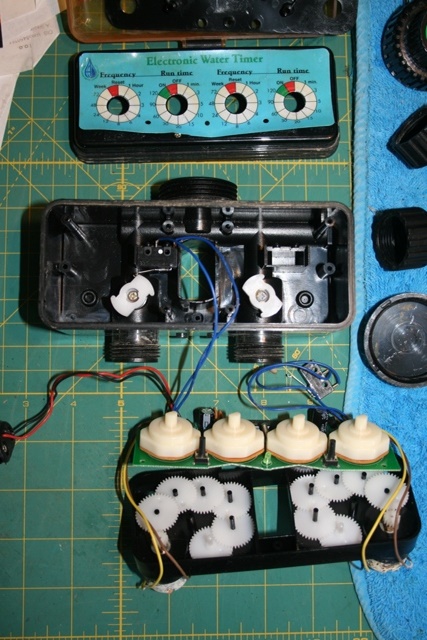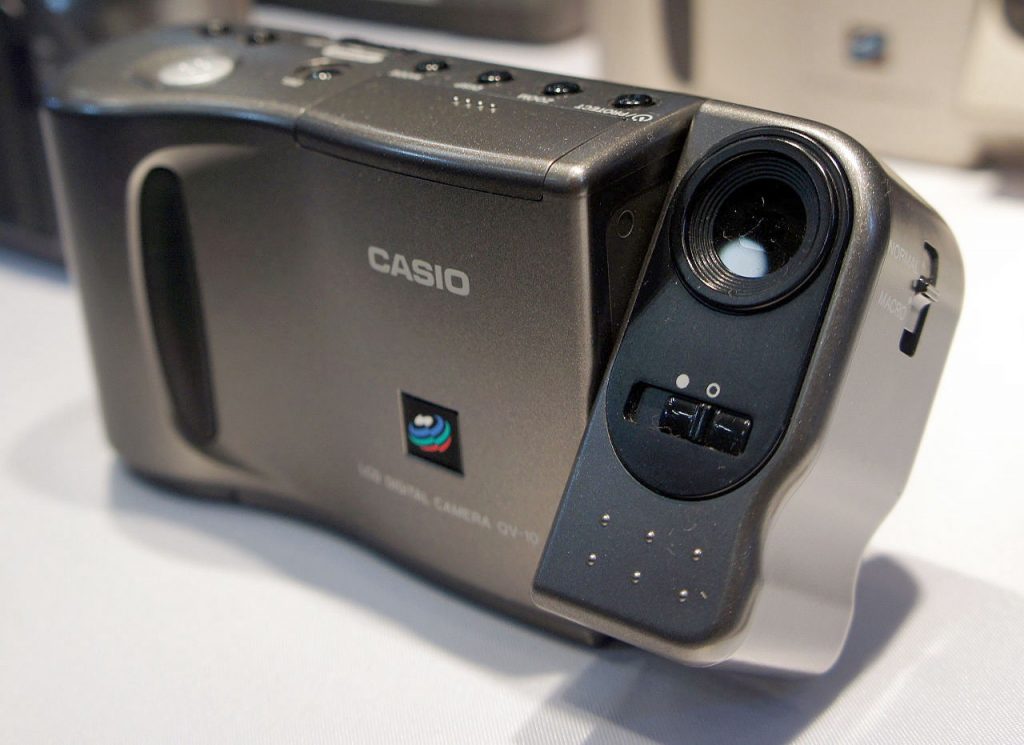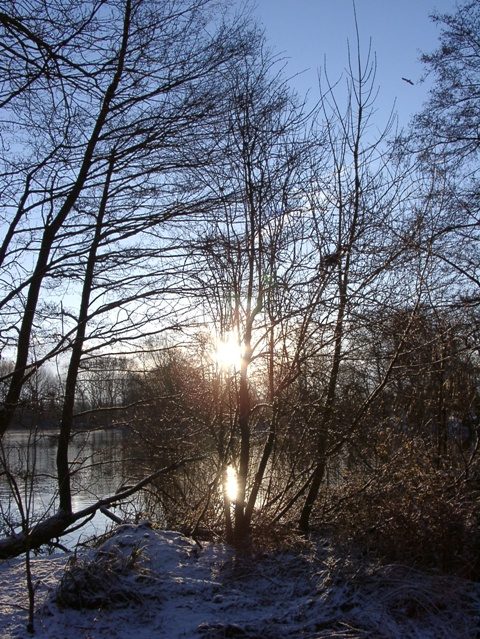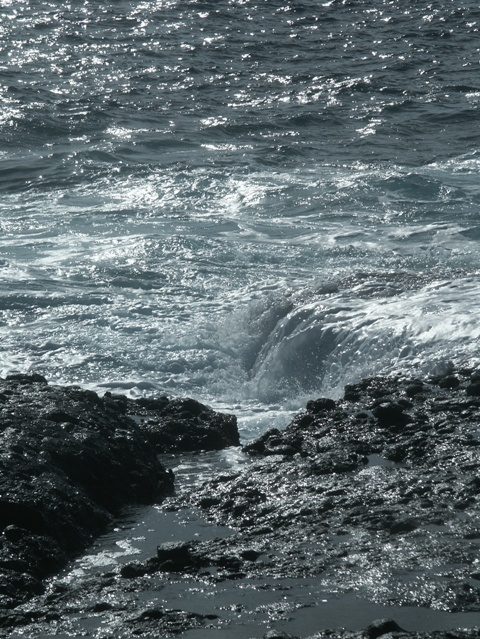EXIF Stage left
This week: Being a Messie; EXIF Stage left…. ; 45,000 and counting; Bridging the gap; Photo time machine; Trouble with dragons; Summer nights;

I have written quite a bit about photographs and archiving in this week’s blog. I have also added a new blog function, what is called a picture slider, so you can see multiple pictures, should you wish.
They will change every two seconds or just “swipe” on a smartphone to view them. I downsize all the photographs on the blog to 640×480, to keep speed of loading high and your bandwidth bill small… Enjoy
Being a Messie
I hate it when things break. Yes, really I do. And I hate it even more when I can’t fix stuff. So I keep things that might be repairable/useful rather than just throwing useful things out. I think I’m a bit of a Messie…
But then trying to get the parts here to fix things takes time and a lot of effort. There is little wonder that the European Directive 2012/19EU (WEEE) on waste electrical and electronic goods does not function on the island.
Deep in one of my store rooms, I have a neat storage system with row upon row of IKEA SAMLA clear storage boxes. They are neatly labelled so I know when I want something, which box to go to.

The shelves even have an interesting history. They were originally shop fittings which came from the shop which my Grandfather opened at the same time that someone called Michael Marks was selling goods for one penny in York Market (1890). Mr Marks also founded a few shops in 1894, along with Thomas Spencer.

These shelving units have been around the world with me; in my Garage in the UK, Spain, Abu Dhabi and now here in Dol, so have stood the test of time.
On the floor, under the first shelf, are three of the deep boxes for irrigation fittings (also well travelled) so this week, a little fed up of spending lots of time every day, keeping plants and trees alive by irrigation, I thought I would go in search of a couple of faulty water control units that came from Abu Dhabi and see if I could fix them. They were easy to find.
So in the heat of the middle of the day, to the sound of incessant calling by Circadas, drifting in through the open windows, I opened up the first unit.

The weatherproof cover has been crazed and yellowed by the Arabian sun. I popped a couple of batteries in and found nothing worked, so removed them. Then I started to dissassemble the unit.
One advantage of digital photography is that I can take lots of photographs for reference purposes and easily review them if needs be. So as I started the task of carefully dismantling the unit, I photographed every stage.
With the the digital timer in pieces on my work desk in the study, I plugged the batteries in. One of the two motors whirred into life. The second resolutely refused.
I did a search online for the maker (as shown on the PCB) and when that failed, for similar looking units. Electronics manufacturers generally make modules which are sold under a number of different trade names.
It is sometimes easier and definitely faster to search visually, through Google thumbnails, rather than through pages of text links. I found a visually similar unit, went to the Australian suppliers website and downloaded the programming instructions.
The device works by a small electric motor, lots of reduction gearing and a nylon ball being turned in the plastic casing. The nylon was dry (probably last used 2012), so I used some special lubricant to grease the interface between nylon and thermo-plastic.
Then I dismantled the gearing. One motor was a little dusty, so it received a good clean. Applying power again, it turned. I could get both electric motors working simultaneously, switching them on and off with the micro contact switches.
So it seems the a combination of talcum-powder fine sand and a dry joint were the cause of the failure.
Putting the whole thing back together, it seems now to be working fine. Connecting the unit up to the tap will not be difficult, but I need a couple of push lock connectors, so it was another trip into the store. It does look a little “Heath-Robinson” but it works.

I found two single timer units as well and had the vague memory that these had also failed. On testing, one was OK, but the motor in the second was continuously running, so once more it was back to the workbench.
As soon as I took the unit to pieces, I could see that a gear was missing and had been displaced. The cause was the plastic lay shaft which the gear wheel rotated on was broken and was also lurking deep in the innards.

However my experience of sticking broken plastic together is not good. I need a length of 2.45mm brass rod and a 2.4mm drill to repair this unit. I’ll order the parts from eBay, but in the meantime, I reassembled the unit, put a “faulty” label on it and put it back in the IKEA box, under the first shelf.
EXIF Stage left
No, for those of you having a giggle, I haven’t transposed the letters F and T (I do transpose characters in the drafting stage then let my Spull Chick do its work). I’m going to talk about EXIFs.
I was looking for a photograph this week, one in particular of the entrance to my courtyard. After mentioning last week I am selling my car (PS it’s still for sale), I was asked what I was looking for as a replacement, and had I wished I had brought my 4 litre V6 Nissan Xterra with me from Abu Dhabi.

I was issued with a Nissan Xterra in Abu Dhabi by the police. Lovely car – when someone else pays for fuel – just the right size for UAE roads. I had done 80,000 kilometres when I retired and left. It was sold for a knockdown price. I know because the purchaser phoned me to ask about the vehicle.
Here on Otok Hvar, most roads are narrow and some are very narrow. It might have been useful for the un-metalled back roads, but that would be about it.
However my problem is that the entrance to my courtyard, made when the houses were built in the 1880’s, is just wide enough for a donkey with panniers to pass with a little space to spare.

The donkey has been the “beast of burden” throughout the Mediterranean for Millennia.

My property entrance is 1.86 meters wide. My Suzuki Ignis is 1.8 meters wide at the mirrors, so on a good day, I can get in (I always reverse in – old habits die hard) with 3 cm or just over an inch clearance each side. Breathe in……

So I need something with an overall width of no more than 1.8 meters, or which has electric folding mirrors. However, although I know that I have several photos of the main entrance, I couldn’t find them and had to take some more.
That got me on the train of thought about searching my photos EXIF data. EXIF stands for EXchangable Image File format .
45,000 & counting
I have more than 45,000 images on my external hard disc drive. I keep every image and scan on two hard drives, of different makes and in different locations, in case I ever have the misfortune to lose one of them.
My discipline went long ago when I was trying to give meaningful names to every digital image. There were just too many so I stopped and let the automatic camera numbering do its work.
I set up a system of folders, based on month and year in which to store all my images. I have added to the number by 20 images this week. So even though I had a rough idea of when I took the photo, I couldn’t find it.
A few weeks ago I wrote about a super little bit of software called “Whereisit“, which indexes everything on a computer disc or drive, and stores it in catalogues. It is superb for documents and text, but less so for images.
There is a lot of hunting to do when you want to find an un-named image. Looking through the thumbnails didn’t help, there were too many and they were too small.
Over the years I have tried various software programmes which add text and tags to digital images.
IRFANView was OK when it was free, but now they charge for the Pro version. Google had a super little programme called Picasa which searched, stored indexed and allowed Tagging of photos.
It allowed you to create folders and text using the Metadata or EXIF data that every electronic image carries. Then they depreciated it in 2016 and wanted you to use their cloud computing.
I have a small programme called EXIF Pilot, which allows limited alteration of the EXIF data and is ideal for a small number of images, or when you just want to view the data file.

So I have a few thousand photographs that I have tagged, but by no means all of my collection. I gave up after Picasa was discontinued.
More recently, as I passed many historic images on to the national photography museum in the UK, it became important to have something that I can use to quickly catalogue, tag and add text to.
It took a little bit of research, but I have found a free, stand-alone ADOBE programme called Bridge.
Bridging the gap

I have used ADOBE products for years, so I am already registered as a user. One you register, you can download Bridge to you computer and use it to search for, Tag, add text and copyright information to and save, for all your images.
Say “Adobe” and most people will think of Photoshop and Acrobat reader, but there are a large number of other software programmes and Bridge can link every one together.

Adding information to EXIFs doesn’t affect the quality of the photographs. Rather it adds relevant data which is hidden until you use either Bridge, or an EXIF reader to look at the data on a photo.

EXIF has been around since digital photography started. This is one of my very early digital images, taken with my second digital camera, a Cassio QV10 in 1995.

The quality is poor, relative to the digital images of today, but in those far off days, it was the best consumer camera you could get.

These days, every time you take a photograph with an electronic device, or you scan an image, it will have an EXIF data set. My current camera has GPS, so it includes a geolocation tag. Not everyone has or wants this, but for me it works.
Using Bridge, you can search by GIS location, name, date, or any one of the many fields. You can rate photos from one to five stars, and a host of other things, too numerous to mention here.
But if you save your digital images to a hard source – and everyone should backup their irreplaceable memories regularly – and you want a way of being able to find that illusive special photo again, then I have no hesitation in recommending ADOBE Bridge.
But don’t wait until you have more than 30,000 digital images before you start to catalogue and index them!
Photo time machine
I have boxes of colour slides and photographs, all waiting to be scanned, however that takes time, effort and resources. It is a lot easier to gather together digital images together in one digital place.
During the heat of the day this week, I updated my digital disc filing system. I have always used a variation of the ‘day and month‘. The first digital cameras could only be connected by cable to the computer to save images.
It was only in the late 1990’s when IBM revolutionised digital photography with the microdrive. A removable means of digital image storage.

At 340MB capacity, it would only hold around 20 photos from today’s high resolution devices, but for my third generation Casio QV-3000, it was a revolution

These microdrives could be removed from the camera, slotted into a PCMICIA – a PC Slot – adaptor and connected to the computer. So I added “Microdrive” to all my photo folder names.

As I moved completely into digital photography in 2006, I changed my folder format naming convention to ‘YY MM’ followed by the ‘Photos’, ‘Work’ or whatever title. So there was a common system across all devices, storage and file types.
I have standardised on the file naming convention, backed up all the old photographs and even found some early digital images on a CD-ROM.
Gathering all the old photos together was interesting and a nice trip down memory lane. Given the technology in the 1990’s; lenses, sensor size, and memory, the cameras took some very acceptable photographs back then. Adobe Bridge allows you to rate photos, and several of these in the slider below I would give five stars.
Adding photos like this to the blog is a first for me. I know from the weekly statistics that more than 52% read it on a smart phone, 15% on a tablet and less than ⅓ on a laptop/desktop system.
All these photos are in portrait orientation, to match smart phones. I would be interested to hear what you think about viewing photographs in this way on your device?
Now I really do need to start adding information to the EXIF file….
Having trouble with dragons
I mentioned a short while ago that I have some dragons in my garden and orchard.
What? Don’t you have any dragons? Not even Snapdragons?
There are lots of dragons in Wales but fewer in England, although the Welsh Green Dragon is said to be more common than the red dragon depicted on the Welsh national flag.

But the one in particular I am having a problem with at the moment is red and is a Dragon Fruit, or Pitaya.
It lives in the Top Orchard, but doesn’t seem to want to produce much in the way of fruit.

These are sub tropical and belong to the cactus family. But although against a south wall, it isn’t thriving.
Once cut open, the flesh can be pink or white and is a little tart, but very refreshing on a hot day. Much like a Kiwi, the seeds are eaten and have a nutty flavour.

They are an especially nice fruit to grow, I just wish I had more. I think I need to feed my Dragons a little more frequently.
I did consult the Oracle on dragons, about how to feed and look after them, but it wasn’t a great deal of help.
Summer nights
The bird song has diminished almost to silence now. My family of young blackbirds are squabbling over the grapes which line my patio, but that is about all.
As I write this at mid-day on Saturday, a Scops owl is briefly calling from somewhere down towards the plain.
Some of our migrants will have already started their long journey across the African Sahara to where they over winter.
My local Dol house Swallows which I recorded as arriving on 11th April this year left this week.
With the end of the breeding season, others are building their strength up ready for the migration south. So after being here 17 weeks, the Swallows have raised two broods of young and have departed as a family.
But we are far from silent. Day and night there is the constant sound of insects. That most archetypal of Mediterranean sounds.
From shortly after sunrise to sunset, the Cicadas are chirping. Small, noisy and winged, these insects are seldom seen, but often heard. I chanced across one which was singing its little heart out on an orange bush.

At dusk the various crickets begin their calling. I have some house crickets inside, but the main noise comes from the Bush Crickets in the gardens and orchards which surround my home. These are difficult to find but are the ever present sound of summer nights. NRC


























3 Responses
Marcy Fletchall
Norman. This blog and your pictures are amazing. The slide set worked perfectly on my iPhone. Loved them all. Your place is beautiful and the blog is so interesting. I learn something new every Saturday. Warmest regards.
Mickey's
Hi norman.. Mickey Veich here! i’ve been going through some of my old photos and stuff from the last 9 years ago and now i’m finding an old lawyer contact from years ago who happens to live on Otok Hvar.,! it’s after the witching hour in a few minutes so not wanting to wakeboard the entire household and two noisy Beagles, i’ll wait until mañana to send you his address and name,..He may turn out to be a valuable source for you ! after i retained him i was informed that he was the ambassador to italy. i was referred to him by a US FEDERAL court interpreter of Serbo-croatian, Dorothy Popovich,,..(the US didn’t
recognize one language over another during the ethnic
strife of the separate. factions) only recently are they using two languages, e.g., Croatian vs Serbian. Ta ta for now!
ปั้มไลค์
Like!! I blog frequently and I really thank you for your content. The article has truly peaked my interest.